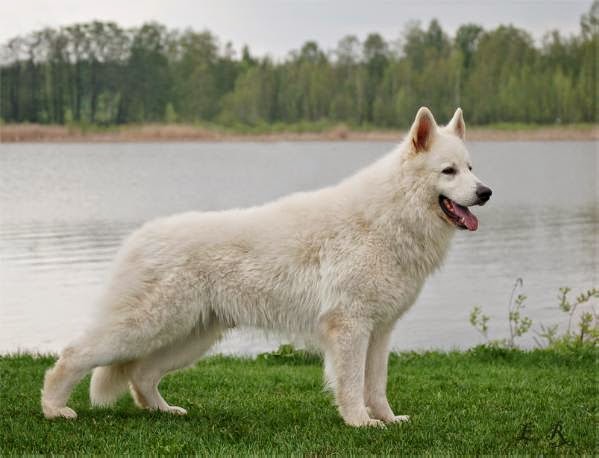 |
| CCPROTECTIONDOGS.COM |
For some reason your protection dog may need to take medications, weekly, monthly, or even daily if certain health problems develop. Giving dogs medicine can be a process that creates a lot of anxiety for both you and your Personal Protection Dogs so it is important for you to know how to properly go about it. If you develop a routine for giving them their medication it will greatly decrease the anxiety. Here are some tips that will make medicine time much less stressful for the both of you.
First, your veterinarian will let you know whether or not your guard dog's medication can be given with food, or taken on an empty stomach. If the tablet or capsule medicine can be taken with food then you can make what is called a "meatball". A meatball is when you place the pill inside the center of a small ball of food, such as canned food or cheese. This will obviously disguise the pill and make your protection dog excited to eat it. It is a good idea though to test this meatball trick first to see if your dog chews or gulps it whole. Most dogs gulp the whole thing, but if they do chew it there is a chance of them finding the pill and spitting it out. If they spit it out the tablet or capsule may have become partially dissolved and hard to handle, which could waste that dose of medicine. Also, if the Guard Dogs bites into the pill, it will likely leave a bad taste in their mouth making it harder to give them medicine a second time.
If your dog's medicine can not be given with the meatball, there are other ways to make the process much easier. The medicine given to you by the vet will most likely be in pill, capsule or liquid form. Being that you can not conceal the medicine your dog will become much more anxious and harder to handle. Start by holding your protection dog's head from the top using your less dominant hand. Then tilt their head backwards, and gently fold their upper lip over their teeth as you open their mouth. This will protect your hand from getting bit if they do decide to bite down, because they will end up biting their lip instead. Next place your thumb on the roof of their mouth, and take the pill in your other hand. Drop the pill or capsule as far back over the tongue as you possibly can. Immediately close their mouth and blow on their nose, this will encourage them to swallow. If you have to give your guard dog liquid medication, take the dropper and squirt it into the pouch between their teeth and cheek. Then try and hold their mouth closed and stroke their neck or blow on their nose to encourage them to swallow. Liquid medicine could possibly enter the dog's windpipe, to prevent this from happening do not tilt their head backwards. Although giving your protection dog medicine may be stressful, it is an extremely important factor to keep them healthy.
Remember if you need to give your German Shepherd, Belgian Malinois, or Dutch Shepherd Protection Dogs medicine it is not a big deal and by following these simple tips you will be helping your dog in no time.





















